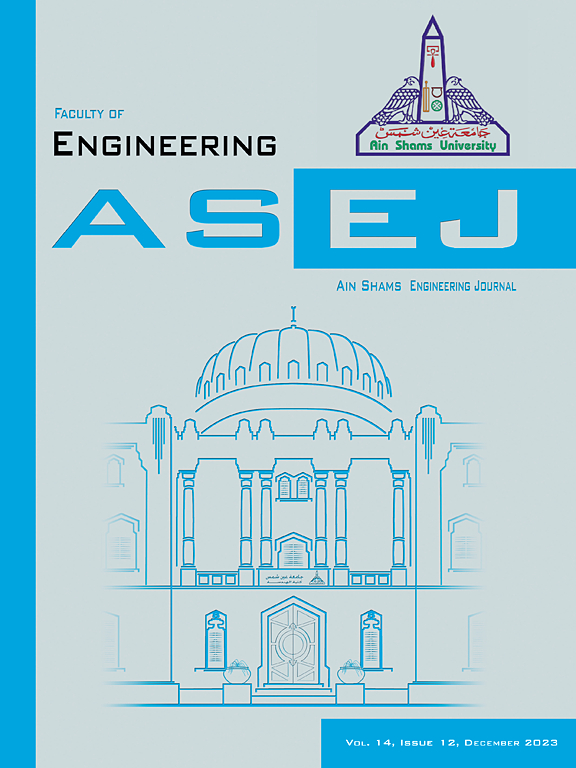优化膝骨关节炎严重程度诊断:ga增强深度集成方法在医学成像
IF 5.9
2区 工程技术
Q1 ENGINEERING, MULTIDISCIPLINARY
引用次数: 0
摘要
膝骨关节炎(OA)是一种常见的退行性疾病,损害了活动能力,特别是在老年人中。早期和准确的诊断对于有效治疗和改善患者预后至关重要。本研究提出了一种用于x射线图像自动OA分类的深度学习模型,该模型使用遗传算法(GA)进行优化以提高性能。使用了一个多样化的、专家注释的数据集,使用YOLOv8进行图像裁剪,聚焦于关键的膝盖区域。多个深度学习模型,包括SE-ResNeXt, ConvNeXt和effentnet,通过遗传算法优化组合成一个集成。该模型对OA严重程度(正常、轻度、重度)的分类准确率达到95%,准确率和一致性优于传统诊断方法。Grad-CAM可视化突出了关键的诊断区域,支持临床可解释性。所提出的方法有望帮助放射科医生进行有效的OA诊断,减少工作量,提高诊断精度。在更大的数据集上进一步验证将确保更广泛的适用性。本文章由计算机程序翻译,如有差异,请以英文原文为准。
Optimizing knee osteoarthritis severity diagnostics: A GA-enhanced deep ensemble approach in medical imaging
Knee osteoarthritis (OA) is a common degenerative condition that impairs mobility, particularly in older adults. Early and accurate diagnosis is vital for effective treatment and improved patient outcomes. This study proposes a deep learning model for automatic OA classification from X-ray images, optimized using a Genetic Algorithm (GA) to enhance performance. A diverse, expert-annotated dataset was used, with YOLOv8 employed for image cropping to focus on key knee regions. Multiple deep learning models, including SE-ResNeXt, ConvNeXt, and EfficientNet, were combined into an ensemble optimized by GA. The model achieved 95% accuracy in classifying OA severity levels (normal, mild, severe) and outperformed traditional diagnostic methods in accuracy and consistency. Grad-CAM visualizations highlighted critical diagnostic regions, supporting clinical interpretability. The proposed approach shows promise for assisting radiologists in efficient OA diagnosis, reducing workloads, and improving diagnostic precision. Further validation on larger datasets will ensure broader applicability.
求助全文
通过发布文献求助,成功后即可免费获取论文全文。
去求助
来源期刊

Ain Shams Engineering Journal
Engineering-General Engineering
CiteScore
10.80
自引率
13.30%
发文量
441
审稿时长
49 weeks
期刊介绍:
in Shams Engineering Journal is an international journal devoted to publication of peer reviewed original high-quality research papers and review papers in both traditional topics and those of emerging science and technology. Areas of both theoretical and fundamental interest as well as those concerning industrial applications, emerging instrumental techniques and those which have some practical application to an aspect of human endeavor, such as the preservation of the environment, health, waste disposal are welcome. The overall focus is on original and rigorous scientific research results which have generic significance.
Ain Shams Engineering Journal focuses upon aspects of mechanical engineering, electrical engineering, civil engineering, chemical engineering, petroleum engineering, environmental engineering, architectural and urban planning engineering. Papers in which knowledge from other disciplines is integrated with engineering are especially welcome like nanotechnology, material sciences, and computational methods as well as applied basic sciences: engineering mathematics, physics and chemistry.
 求助内容:
求助内容: 应助结果提醒方式:
应助结果提醒方式:


